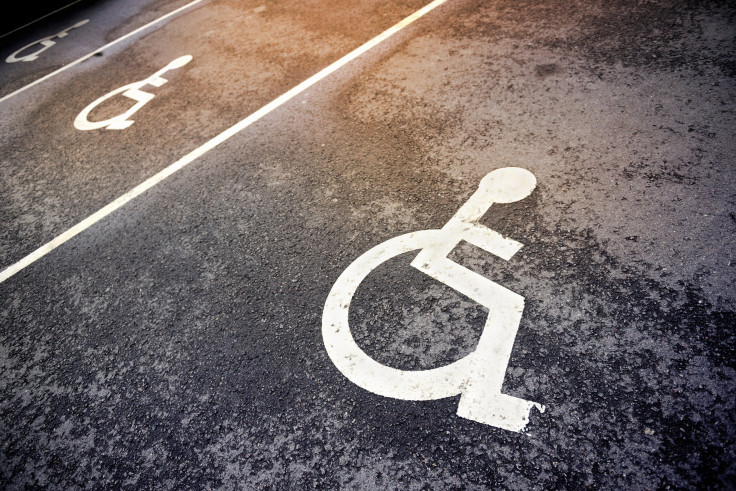People With Disability Struggle To Find Employment, Especially If They're Single, Male, Or Less Educated

For many people living with a disability, finding and securing a long-term job can be almost impossible.
Yet, even within this relatively small population of Americans (34 million), there are factors that could influence how and why some people with a disability are able to find a job over others. The authors of a recent study published in the Journal of Disability Policy Studies attempted to root out these factors, finding that there are certain subgroups that are able to better navigate the job market, despite their handicaps — including the happily married and better educated.
The researchers looked at three years worth of data (2009 to 2011) taken from the American Community Survey (ACS), an annual poll conducted by the U.S. Census Bureau that keeps tabs on populations no smaller than 20,000 people. They specifically keyed in on people between the ages of 25 to 64. And though the overall employment gap remained large, there were subtle differences found.
“Controlling for all other individual characteristics, we find the employment gap between individuals with and without disabilities is smaller among those in their 20s and 60s relative to the middle aged, Asians relative to Whites, Hispanics relative to non-Hispanics, married individuals, individuals with higher levels of educational attainment, and women,” the authors wrote.
While many of these factors could be considered immutable, the researchers were encouraged by the fact that educational status seemed to have the largest impact on job attainment.
“If the positive association between education and employment can be delineated, this would support educational policies and programs for people with disabilities," said study author Dr. John O’Neill, Director of Employment and Disability Research at the Kessler Foundation, in a statement.
According to the same ACS data utilized by the study authors, only about 22 percent of people with a disability over the age of 16 are currently employed, compared to about 65 percent of those with no disability.
Over 25 percent of people living with a disability fail to graduate high school by the time they turn 25, compared to 11 percent of the non-disabled, and while the rates of some college experience are similar (25 percent to 29 percent), they are much less likely to graduate with a Bachelor’s degree or higher (13.5 percent to 31.5 percent). Subsequently, even when they have a sustainable income, people with disability earn much less and rarely make more than $75,000 a year (7 percent to 14 percent).
This current study indicates that shrinking these gaps will take more than a one-size-fits-all approach from policy makers and professionals.
“Overall, results suggest that policies and practices designed to improve employment outcomes among people with disabilities should consider how individual characteristics interact with disability as challenges to or facilitators of employment success,” the authors concluded.
Source: Sevak P, Houtenville A, Brucker D, et al. Individual Characteristics and the Disability Employment Gap. Journal of Disability Policy Studies. 2015.
Published by Medicaldaily.com



























